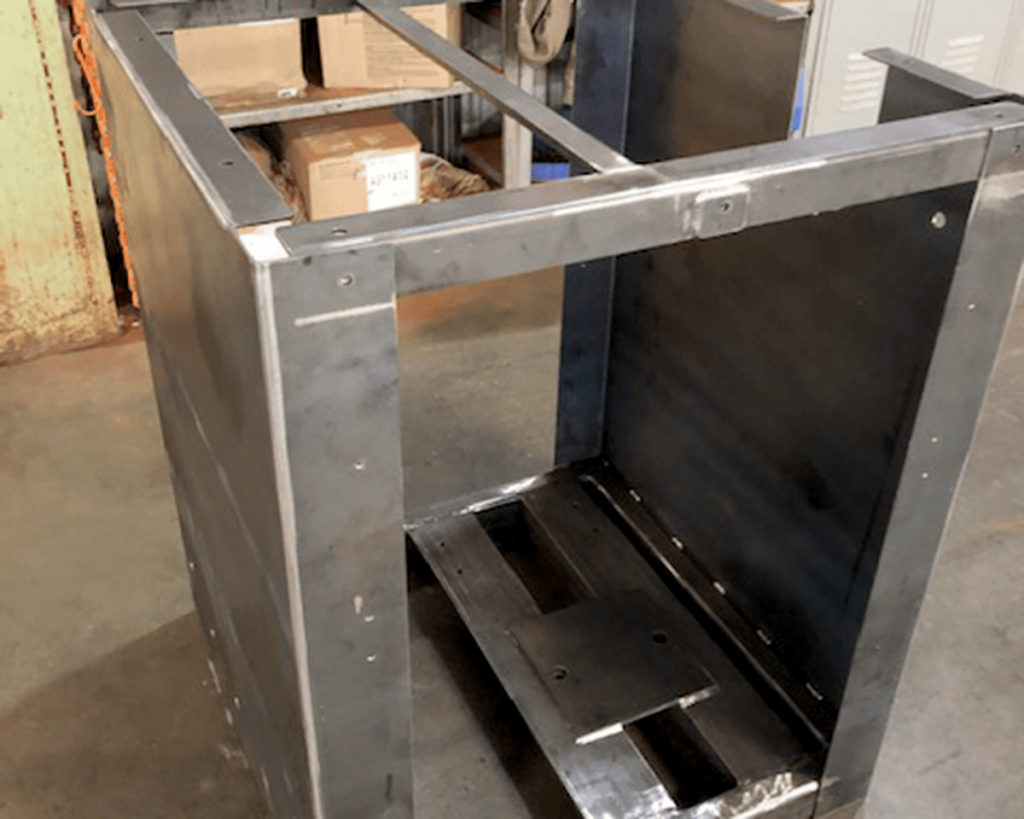In the ever-evolving world of manufacturing, technological advancements play a pivotal role. As industries continue to progress, the demand for innovative tools and services becomes more prevalent. One such indispensable process is bending, which has revolutionized the manufacturing industry. This blog explores the intricacies of bending, its various applications, and the crucial role it plays in modern manufacturing.

Understanding the Basics of Bending
Bending is a process that involves deforming a material, typically metal, by applying force to it. The force is applied in a way that causes the material to curve or form specific shapes. This process is widely utilized in various industries, including automotive, aerospace, construction, and general engineering.
Importance of Bending in Manufacturing
1. Versatility:
The ability to bend metals into different shapes makes it a versatile manufacturing process. It enables the production of various components and parts, ranging from simple to complex structures. Bending facilitates the creation of intricate designs that meet specific industry requirements.
2. Cost-Effective:
Bending is a cost-effective alternative to other fabrication techniques. It reduces material wastage as it utilizes the entire length of the material. The process also eliminates the need for welding multiple pieces together, reducing labor costs and potential weak points in the final product.
3. Enhanced Strength:
Bending imparts structural strength and rigidity to the material, making it ideal for load-bearing components. The formation of complex bends distributes stress more evenly throughout the material, resulting in stronger and more durable products.
4. Time Efficiency:
Bending is a relatively quick process, enabling swift production of components. Advanced bending machines equipped with computer numerical control (CNC) systems further enhance efficiency and accuracy. These machines can process complex bends with minimal setup time, significantly reducing manufacturing lead times.
5. Endless Applications:
Bending finds application in a wide range of industries. In automotive manufacturing, it is used to shape chassis, frame members, and exhaust systems. The aerospace industry utilizes bending for fabricating wing structures, engine components, and frames. Additionally, it plays a pivotal role in creating architectural structures, pipelines, and furniture, among many other diverse applications.
Advanced Bending Techniques and Technologies
1. Mandrel Bending:
Mandrel bending is a precise and controlled bending process that involves inserting a mandrel or rod inside the tube to prevent it from collapsing or wrinkling. This technique is commonly used for tubing applications where a smooth and uniform bend is essential.
2. Press Brake Bending:
Press brake bending is a versatile method that uses a machine press equipped with a punch and die set. The material is clamped between the punch and die, and force is applied to create the desired bend. This technique is used for creating bends in sheet metal, plates, and other flat materials.
3. Roll Bending:
Roll bending, also known as profile bending, employs a set of rollers to form the material. It is commonly used to create curved sections of different radii and to achieve consistent bends along the entire length of the material. This technique is widely utilized in the construction industry for producing curved beams, arches, and pipes.
4. Rotary Draw Bending:
Rotary draw bending is a process that involves securing one end of the material to a rotating draw, while the other end is held stationary. As the material rotates, it passes through a set of dies that gradually form the desired bend. This technique is known for its precision and repeatability, making it suitable for prototyping and high-volume production.
Keywords: bending process, manufacturing industry, versatility, cost-effective, enhanced strength, time efficiency, mandrel bending, press brake bending, roll bending, rotary draw bending.
In conclusion, the bending process is an essential aspect of modern manufacturing. Its versatility, cost-effectiveness, and ability to create complex shapes make it indispensable across various industries. Advanced bending techniques and technologies further enhance the efficiency and precision of the process. As the manufacturing industry continues to evolve, bending is set to play an even more significant role in shaping the future of manufacturing.
